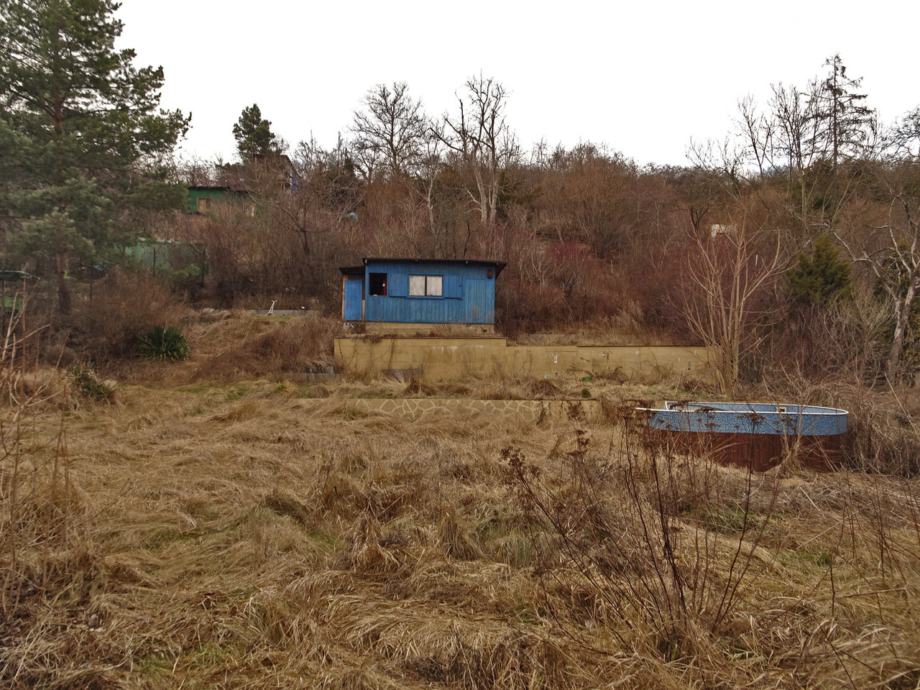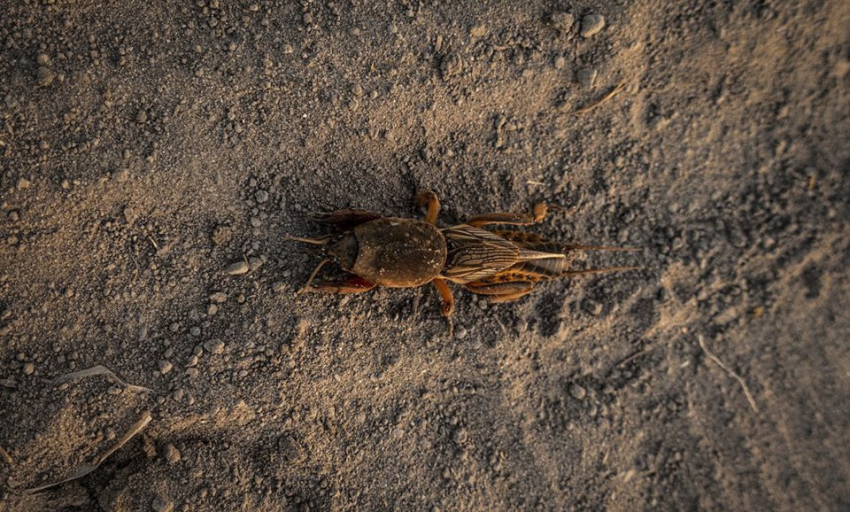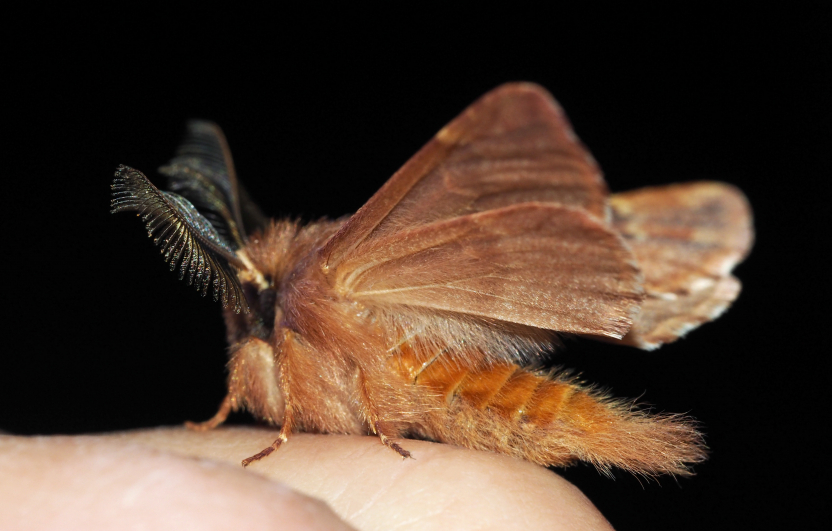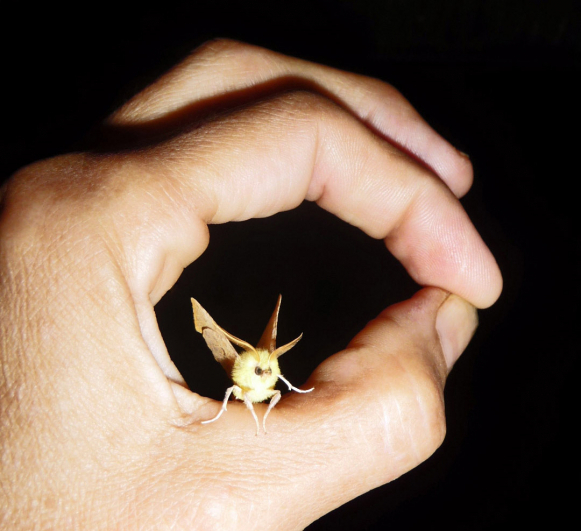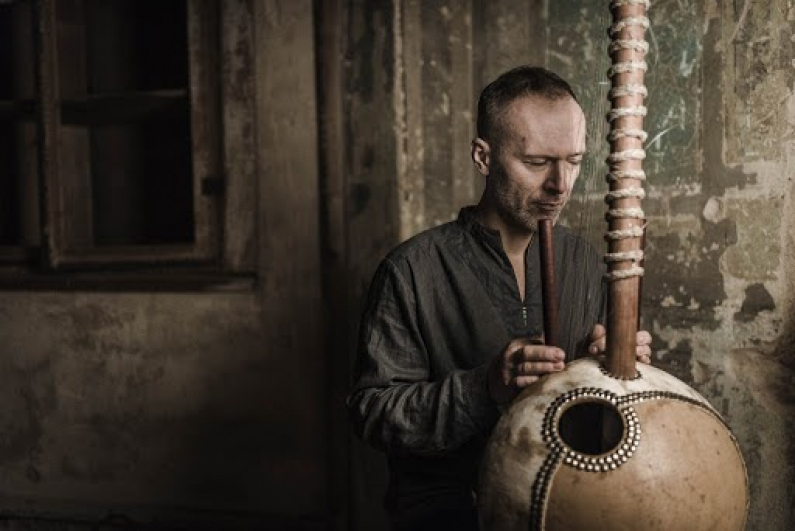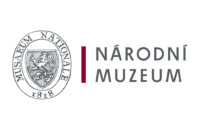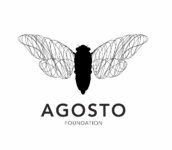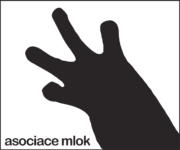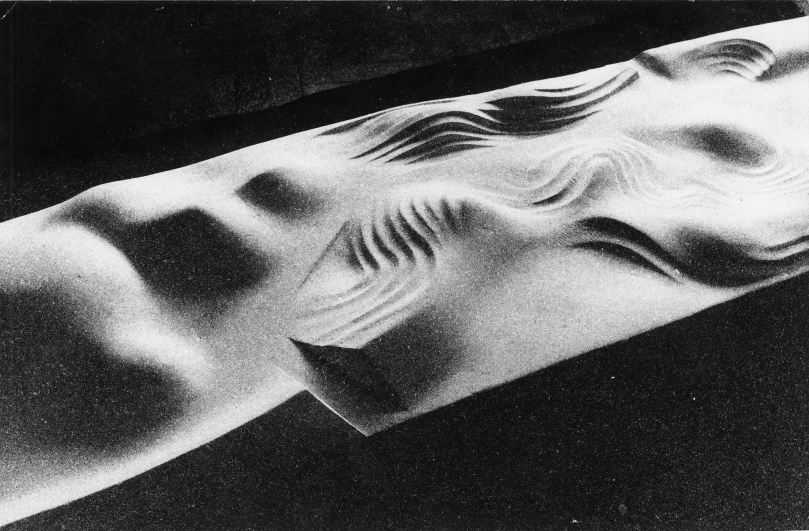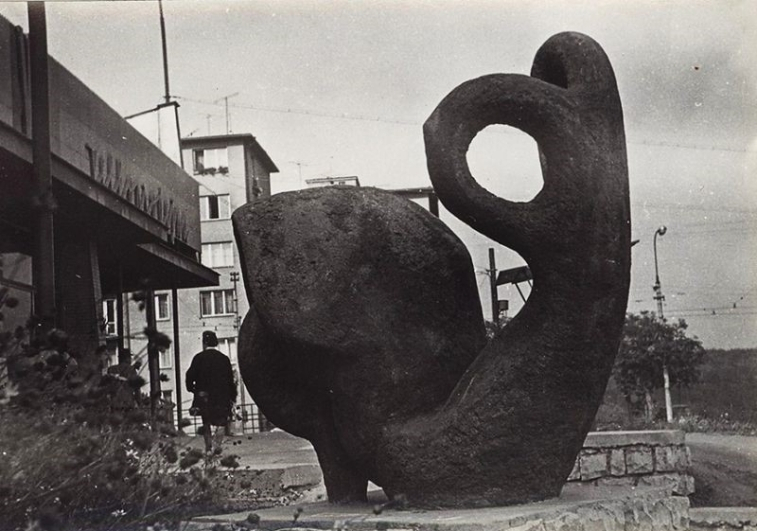You are cordially invited to our next series of events from the BIO TROJA program in the gardens of Troja Château. This time, we will focus on the subject of art, entomology, and the mysterious world of moths, butterflies, and beetles.
Program:
5–5.45 p.m. Jaroslav Mugrauer – kora
Jaroslav Mugrauer is a musician and teacher of the African stringed instrument known as the kora. He has performed with various bands since the 1990s, including The Ecstasy of Saint Theresa, Čina, and OTK, but besides his work as a percussionist he has recently been studying and teaching the musical instruments of West Africa, in particular the kora. He himself has studied with musicians such as Sekou Kouyate, Ablaye Cissoko, Toumani Diabate, and Ballake Sissoko. In order to improve his knowledge, in 2018 he visited the Gambia, where he studied under Jali Alagie Mbaye, the vice president of the Musicians’ Union of the Gambia.
6–8 p.m. audio installatio Silent Labyrinth
7 p.m. guided tour with Tomáš Vendl
The tour of Silent Labyrinth in the gardens lets visitors explore what kinds of sounds are given off by various insect species. At 7pm, there will be an audio tour with entomologist Tomáš Vendl, who will share his knowledge about how and where various insects live and what makes them important for people. Climate change, pesticides, and monoculture farming are considered some of the causes of the decline in biodiversity, including the disappearance of insects in the urban and agricultural landscape.
Michal Kindernay is interested in sound pollution in the (urban) landscape and the impacts of human activities on nature, which he transforms into audiovisual recordings. Ecologist Barbora Chmelová’s specializations are tropical agriculture and climate change, with a focus on the relationship between these two fields and their impact on social and global issues. Tomáš Vendl is an entomologist at the Research Institute of Plant Production.
9.30 p.m. Nighttime moths (instructors: photographer Marie Steinerová and entomologist Jan Šumpich)
Ecological and entomological studies as well as anecdotal evidence show a disturbing decline in the numbers of many insect species, while others such as the bark beetle are spreading because of increased temperatures and dry weather. Collecting beetles and butterflies is no longer a common hobby, and many species are encountered only rarely. For these reasons, butterfly-lovers have set aside their jars of ether and pins, and instead set out to capture butterflies using a camera or other recording device. Not all expeditions travel to faraway, exotic countries – some also explore our own cities. Fans of nighttime moths can observe these creatures with expert commentary and a demonstration of techniques for attracting moths to artificial light.
“Several years ago, I was exposed to the world of the moths that fly into my window at night in a small village in western Bohemia. I am fascinated by their colors, wing patterns, and the fragile structure of their bodies. They have become a deep passion of mine, and so I go on nighttime expeditions to the surrounding forests and meadows, trying to capture their fragile beauty with my camera in order to show our connection with this immensely picturesque, vulnerable, and silent world.”
(Marie Steinerová)

